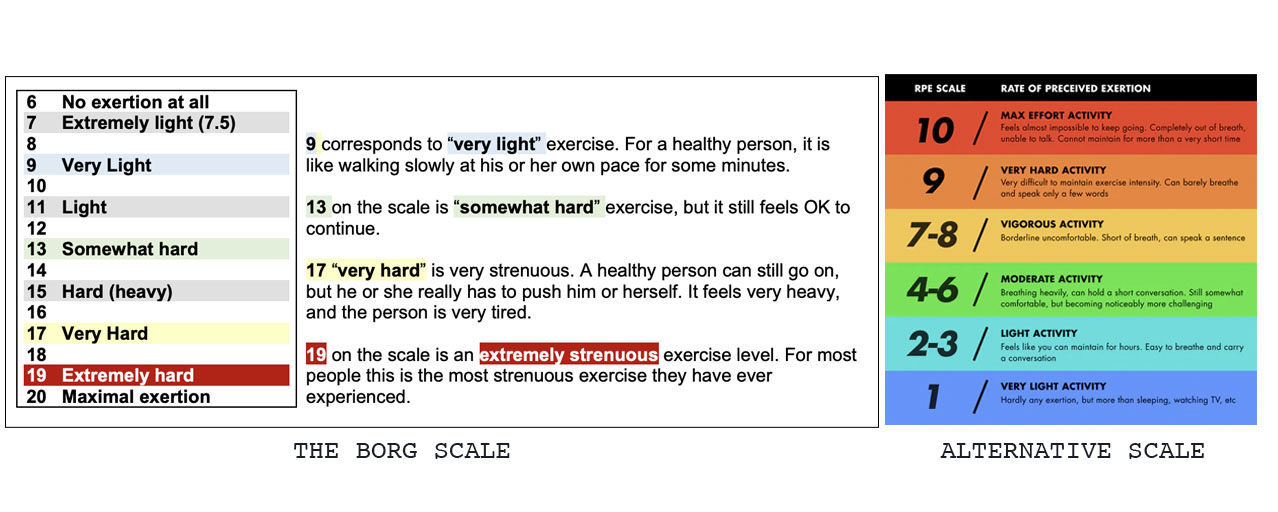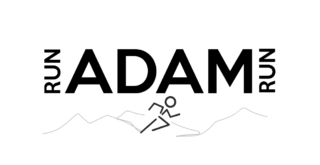The Heart versus The Gut
When it comes to actually training for a marathon or an ultra running, choosing the right training method can feel like deciding between a post-race pizza or a giant stack of pancakes—both are tempting, but which one will fuel you best? So what are the options? The two most popular are Heart Rate Training (HRT) and Rate of Perceived Exertion (RPE), each with its own flavor. In my opinion, understanding these methods can be a game-changer, so let's dive into the debate: Should you trust your heart or your gut?
Understanding Heart Rate Training (HRT)
Heart Rate Training is like having a coach strapped to your chest or arm, literally. By keeping an eye on your heart rate zones, you can tailor your runs to hit the sweet spot—where you’re working hard enough to improve but not so hard that you’re burning out faster than your favorite pair of running shoes. With HRT, you’ll ideally learn to pace yourself to a level of perfection you didn’t know existed! This will allow your heart to be in the game without going overboard. Lucky for you there are plenty of companies selling tech/gadgets, that will enable the monitoring of your heart rate with a simple press of a button after purchase! My advice here is to not get too distracted by the tech and forget to watch the trail! I’ve seen it happen, someone looks down at their watch, misses the root sticking up, and bam.. down they go! I’ve come close too many times myself.
Understanding the Rate of Perceived Exertion (RPE)
Rate of Perceived Exertion (RPE) is the ultimate in “listen to your body” training. Forget the gadgets—this method is all about how you feel. Jumping into the scientific arena for a moment, I would be remiss if I didn’t mention “The Borg Scale”. This scale can be a bit confusing if you google it, as there are a few different visuals that show its representation. That being said, the “official” report that I found on the CDC website shows RPE ranging from 6 (I could do this all day) to 20 (I think I’m dying). Using this scale helps you tune into your body’s signals without needing to check your wrist every five minutes. Other infographics out there seem to be a little more relevant using a 0 to 10 scale.
RPE is like running with your best friend who always tells it like it is—no sugarcoating, just an honest assessment of how hard you’re working. It’s a fairly flexible, fuss-free approach that adapts to anything the road or trail throws at you, from surprise hills to sudden weather changes.
Comparing Heart Rate Training and RPE
So, which method reigns supreme? Well, it depends. Heart Rate Training is great for those who love data and precision. It’s like the Swiss watch of training—reliable, consistent, and a little techy. On the other hand, RPE is the wild card, perfect for runners who prefer to go with the flow and trust their instincts. It’s less about numbers and more about tuning into your inner ultra runner (or inner crazy person, depending on how many miles you’re in). In reality, these two methods can be best buddies—use HRT to guide your overall strategy and RPE to stay flexible when things don’t go according to plan.
A Practical Application for Ultra Runners
Personally, I think incorporating HRT and RPE into your training is like mixing energy gels and salt tablets—get the balance right, and you’re golden. Have the balance off, and your training and any events you are running might just go off the rails. I’d suggest you start by using HRT for your structured workouts like tempo runs and long slow distances aka LSDs (no, not that kind of LSD!). Then, sprinkle in some RPE for those unpredictable trail conditions or days when your heart rate monitor decides to take a nap. Remember, it’s easy to overthink it, but at the end of the day, it’s all about getting out there and logging those miles. Just don’t forget to enjoy the view—especially when your RPE says you’re in the “could be worse” zone!
My Experiences & Final Thoughts
Whether you’re a data-driven runner who loves crunching the numbers or a free spirit who goes by feel, there’s a place for both HRT and RPE in your ultra-running toolbox. The key is to experiment and find out what works best for you—just like figuring out whether to wear those new trail shoes on race day (pro tip: don’t). So, go ahead and trust your heart and your gut—they both know the way to the finish line. And if all else fails, just keep running until you forget what you were even thinking about in the first place!
- Depending on where I am in my training cycle and who is coaching me, I'll typically run 4-6 days a week!
- My knees are good.
- I really don't get bored, as I find peace in moving my body for long durations at a time. That being said, I'd rather run on a trail vs road but that might be something I write about later!
